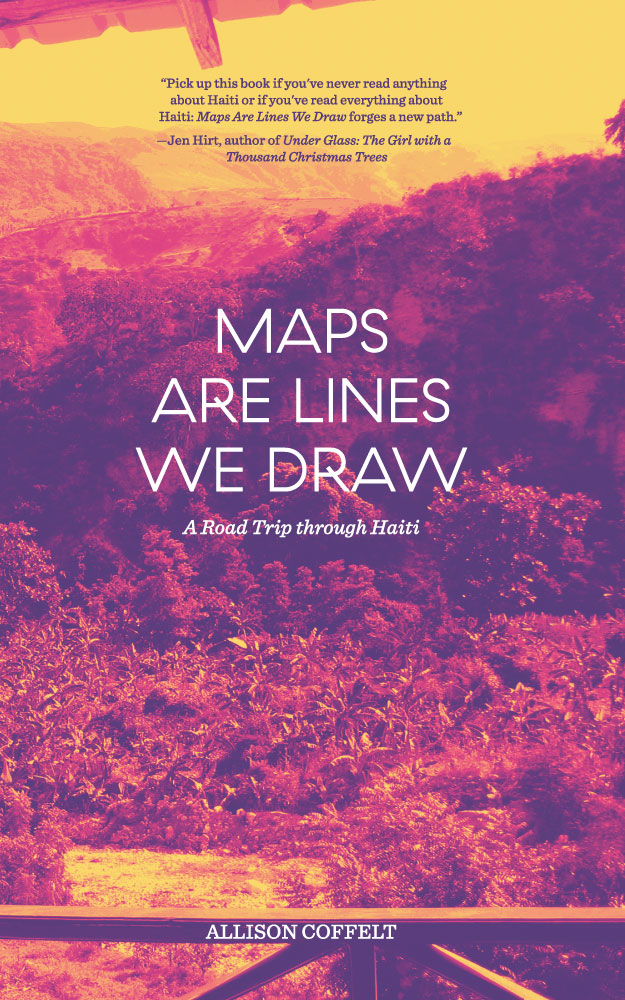It's that time of year again, when writers and publishers from across the country descend upon a conference center for the madness that is AWP: the Association of Writers and Writing Programs Annual Conference.
We'll be heading to Tampa, Florida, for this year's conference, so please come say hello! You can find us at table T-1246 for the duration of the conference (March 7-10).
Two Lanternfish authors will be signing books: Allison Coffelt (Maps Are Lines We Draw: A Road Trip Through Haiti, forthcoming March 20) on Thursday, March 8, from 10:00 to 11:30 a.m. and Anca L. Szilágyi (Daughters of the Air, December 2017) on Friday, March 9, from 10:00 to 11:30 a.m.
Anca will also be reading from her novel at an offsite event, Strange Theater: A Menagerie of Fabulists on Thursday, March 8, 7:00 to 9:00 p.m. That's being held at 5 Star Dive Bar, 1811 North 15th Street, Tampa, FL 33605. She will join other fabulist authors including Anne Valente, Daniel Hoyt, Adrienne Celt, Sequoia Nagamatsu, Tessa Mellas, Jason Teal, Dana Diehl, and Melissa Goodrich.
You can find Allison on the panel "The Dividing Line": Blending Research in Personal Narratives, along with Jon Pineda, Joni Tevis, and Colin Rafferty. This panel will run in Room 13 on the first floor of the convention center on Friday, March 9, from 1:30 to 2:45 p.m.
We hope to see you soon. Come, visit; tell us what you've been working on since we saw you last!
If you won't be at AWP, you can follow along on our adventures via Twitter, Instagram, and Facebook. (And don't forget to follow along with the conference at large with #AWP18.)








